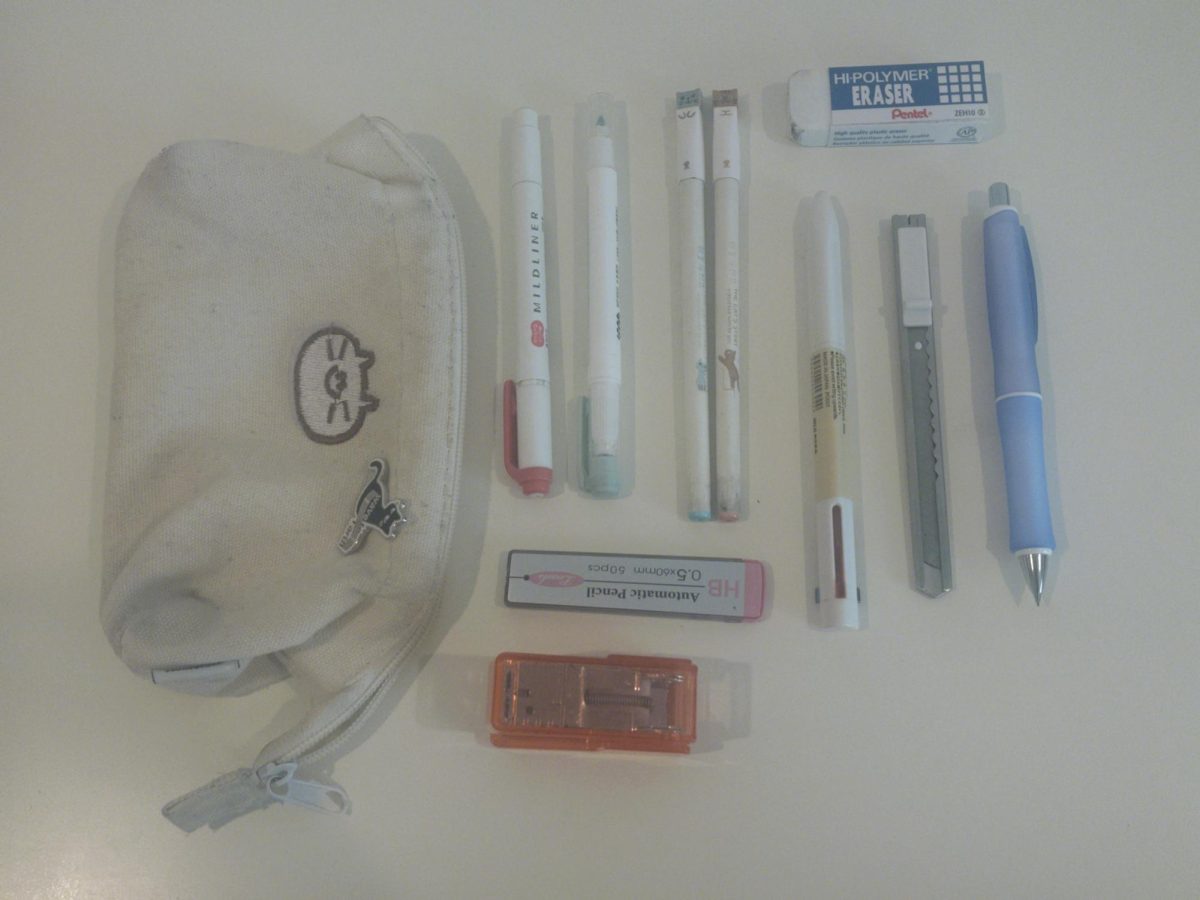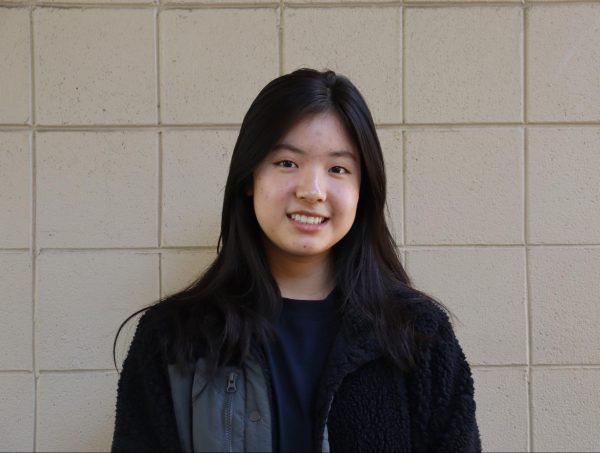As junior Tanuj Siripurapu watched the large solar panels glisten under the bright sunlight on his roof last summer, he was struck with an idea. With apps such as Enphase tracking the productivity of solar panels, giving homeowners a sense of how much energy a household is using and producing, Siripurapu wondered if he could create a similar app to track water usage and alert homeowners when they have leaks.
After noticing that his family continuously ran into the issue of paying excessively high water bills due to leaks, Siripurapu conducted preliminary research and discovered that there are around 900 billion gallons of water leakage per year nationwide, accounting for roughly 13% of each household’s water usage.
“We have a pretty large house, so my parents would only find water leaks once there’s been a massive flood of water somewhere,” Siripurapu said. “If we could address [water leaks] much earlier on, it would save tons of water and hundreds of thousands of dollars nationwide.”
Hoping to alleviate this problem, Siripurapu began to create Droplet. After working on his project for five months, he submitted it to the Congressional App Challenge — an annual application software development contest offered to middle and high schoolers nationwide.
Siripurapu ended up placing second in California’s 16th Congressional District, tied with two other contestants.
“Honestly, I was a little bummed I didn’t get first,” Siripurapu said. “But I was still very happy to be recognized for a project I worked hard on.”
His project consists of four parts: a water meter that measures water usage, a user-friendly mobile app that tracks water usage, code that sends the data from the water meter to a central database and machine learning models that recognize leakages (irregular water data usage).
Siripurapu’s app uses a Raspberry Pi (tiny single-board computer) attached to a small plastic flow meter. The small device can be inserted between water pipes, such as those that link a bathroom unit to the main water supply, to measure how much water is flowing through. The Raspberry Pi can then be paired with the user’s cell phone over Wifi to store the numbers into a database in the app. Such a function saves users the hassle of having to check the physical flow meter, as all of the data is accessible in a user-friendly app, he explained.
Within the app, users can see their water usage displayed live as the amount of water is graphed against time. Data analysis is then run by an algorithm called local outlier factor, which flags irregularly distant data points, or spikes in the graph, that likely mean leaks.
Another feature of the app is that it can detect incoming rain and remind users to turn off their sprinklers and drip systems to conserve water. It does so by running a machine learning algorithm, long short-term memory, on weather data, such as temperature forecasts.
While creating Droplet, Siripurapu said the biggest challenge he faced was figuring out what type of machine learning model to use for effectively detecting water leakages. It took multiple rounds of trial and error with various different methods (neural networks, z-scores, etc.) before he concluded that the local outlier factor algorithm was best suited to the task, given it wouldn’t flag routine usages — such as long showers — as leaks.
He submitted his project to the Congressional App Challenge in hopes of reaching a district-wide, and later state and nationwide, audience.
“I had done hackathons in the past, but they were all small and local,” Siripurapu said. “So I was looking for bigger competitions for me to showcase my skills and ideas, and the Congressional App [Challenge] is among the biggest hackathons.”
Now, with this recognition and confidence in his project’s ability to create a positive real world impact, Siripurapu hopes to continue refining and broadening the scope of his project. He’s looking into internships with water companies such as San Jose Water Company and the Santa Clara Youth Water Commision, as many companies are focusing on these same problems.
“I didn’t even realize how prevalent water leaks were before,” Siripurapu said. “If we can apply some solutions to reducing the leaks, I think we can save so much money as a country by combining machine learning and water usage.”




























